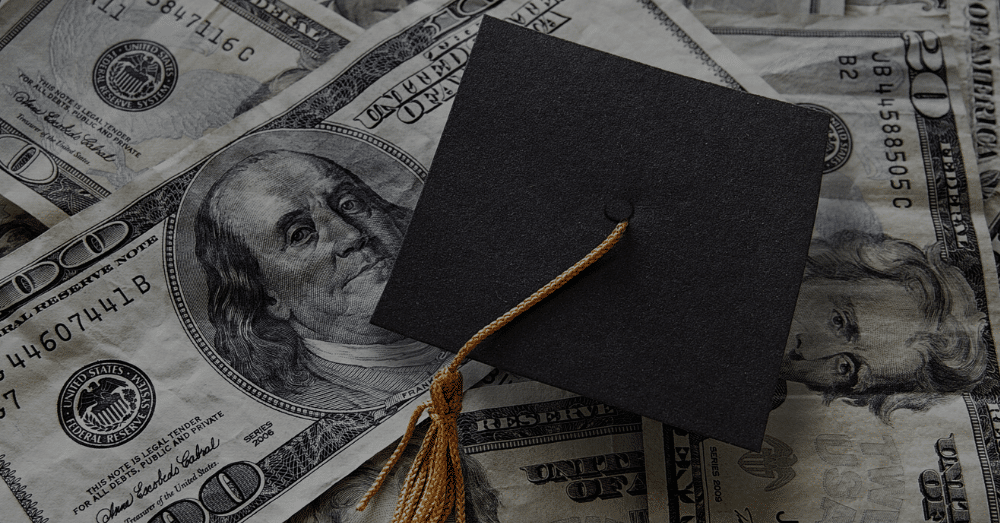Discharging Student Loan Debt in Bankruptcy
[12.27.2021]
Student loan debt relief has long been unattainable in the bankruptcy process. While bankruptcy can be a valuable tool to reorganize and restart your finances, debtors have been historically unable to relieve themselves of often crippling student loan debt via bankruptcy. Student loan debt in America averages $29,000 per student, with many borrowers carrying much larger debt.
Currently, the only method of addressing student loan debt via bankruptcy is a showing of undue hardship. Hardships are listed below.
Unlike most types of debt in the bankruptcy process, discharge of student loan debt is never guaranteed. So, what does undue hardship look like and how do you prove it?
Undue Hardship and the Brunner Test
Current federal law makes proof of undue hardship a difficult process for the debtor. Most bankruptcy courts consider a three-pronged test known as the Brunner Test:
- The debtor’s current income and expenses prevent them from maintaining a minimal standard of living if they must repay the debt
- The debtor’s financial situation is likely to persist for a significant part of the loan repayment period
- The debtor has made a good father effort to pay the loan by trying to increase their income and minimize their expenses
While this test is designed to prevent students from rushing out after graduation to clear their student loans through bankruptcy, it frequently creates an insurmountable barrier to discharge for even the most well-intentioned and struggling debtors. Each part of the Brunner test must be successfully demonstrated to the Court before a finding of undue hardship can be made. If the Court finds you can:
- Maintain a minimal standard of living while repaying the debt or;
- That your current financial situation is liable to charge or;
- That you have not made a good faith effort to repay the loan, your student loan debts will survive bankruptcy.
Without the option of bankruptcy reasonably available to student loan borrowers, you may be left to face either full repayment, refinance, default, or loan forgiveness after 240 qualifying payments, despite the negative impacts to your life and finances.
Reforms Coming for Public Student Loans?
There have been many unsuccessful attempts by lawmakers over the years to reform the bankruptcy process to allow for student loan relief.
Congress is currently considering the Fresh Start Through Bankruptcy Act (“the FSTBA”) that again attempts to address some of the difficulty many debtors face when seeking to be discharged of their student loan debts.
The FSTBA provides a variety of reforms to the process of discharging student loans through bankruptcy including:
- Making federal student loans eligible for discharge in a bankruptcy proceeding ten years after the first loan payment is due
- Increasing institutional accountability by requiring education institutions with more than 1/3 of their students receiving federal student loans to refund the government if those loans are later discharged in bankruptcy
Keep in mind that the FSTBA would only address public student loans provided through the Department of Education, not private student loans. The good news? Publicly backed student loans make up 92% of existing student loans in the United States. That means the potential effects of this pending legislation remain far-reaching and a potentially encouraging step in the right direction.
If you have questions about the next steps in addressing your student loan debts, please give us a call to see how we might be able to assist you.
To learn how our team can help you, contact WhitbeckBeglis by calling 800-516-3964 or emailing clientservices@wblaws.com.

By: WhitbeckBeglis
.WhitbeckBeglis is proud to be a successful, full-service law firm with a strong focus on Family Law, Mental Health Law, and Education Law. We provide legal services to families and individuals, helping them get the best result possible through experience and compassion. To learn more about our Attorneys, click here.
Related Blogs:
CONTACT US




